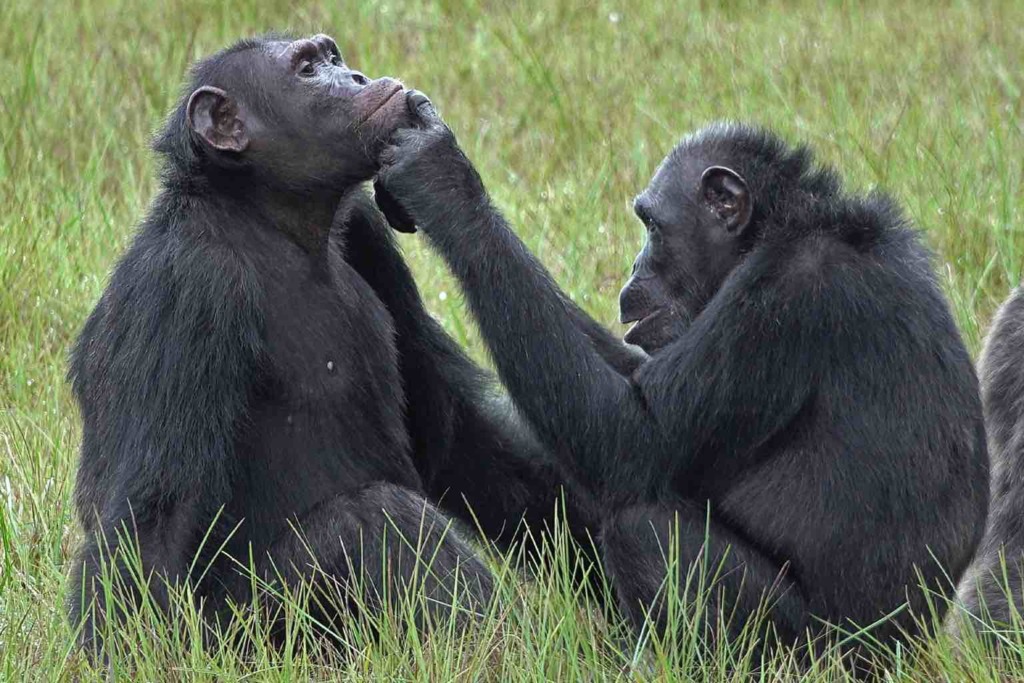Chimpanzees are our closest living relatives. Like us, they are social animals. They have relationships with family members. They have friends and sometimes enemies. They can use tools. They learn from each other. And we continue to discover other ways they might resemble us.
Recently, a biologist watching chimpanzees in Loango National Park in Gabon, a country in Central Africa, spotted something curious. Alessandra Mascaro saw a chimpanzee catch an insect and put it in its mouth. Then this chimpanzee took the squashed insect and rubbed it on the wound of another chimpanzee.

Biologists watching this group of chimpanzees saw this same behavior (catch an insect, place it in mouth, apply to a wound) more than 20 times. Sometimes the chimps applied this insect balm to their own wounds. Several times they put it on the wounds of other chimpanzees. Why did the chimpanzees do this?
The research team at Ozouga Chimpanzee Project think that this group of chimpanzees are using the insects as a type of medicine. But they need some more information to confirm this hypothesis. They still need to find out which type of insect the chimps are catching. They also need to figure out if this insect has chemicals in it that might help treat wounds. They hope to find out more soon!

Parents & educators
For older readers, read more and watch a video about this story on Mongabay.com:
Citation for the scientific paper on this behavior:
Mascaro, A., Southern, L. M., Deschner, T., & Pika, S. (2022). Application of insects to wounds of self and others by chimpanzees in the wild. Current Biology, 32(3), R112-R113. doi:10.1016/j.cub.2021.12.045
*Correction: A previous version of this post reported that researchers had observed 70 instances of this behavior when the behavior was actually observed 22 times.






